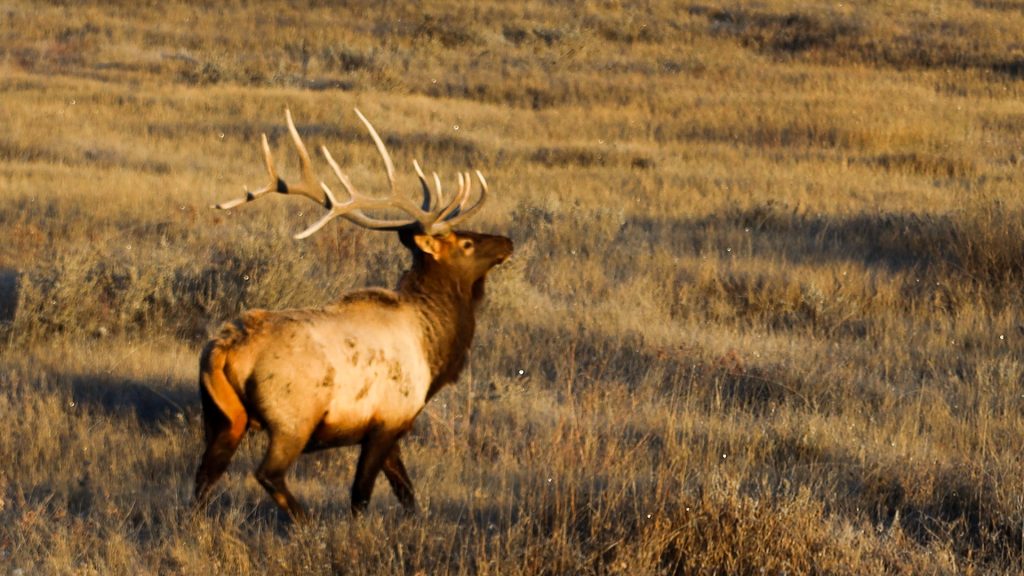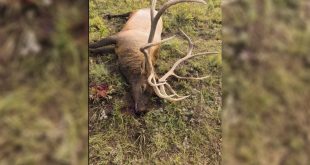
With the mild winter of 2024-2025, Idaho elk and deer herds are looking up. It’s always tricky when you are talking about winters. On one hand, you want a good snowpack so there is water as you get later into the summer. But on the other hand, you want a mild winter to allow the fawns and calves to make it through.
The 2024-2025 winter was particularly good for the elk. Out of all the calves collared statewide, 82% of them survived. Those are really good numbers. The mule deer fawns did not fair as well as the elk calves. Collared mule deer fawns had a 58% survival rate, which is above the long-term average of 57%. The winter was kind to the does, showing a 91% survival rate among those collared.
Everyone is aware of the harsh winter that the southeast region had in 2022. Well since then the herds have started to bounce back. That region had some of the highest survival rates in the state. For one of the more popular units to hunt in the state (unit 39), the numbers were not so good. Unit 39 had a 31% survival rate. Biologists have noticed lighter fawns as they go into the winter recently. This could be attributed to the herd reaching the carrying capacity of their habitat. Summer ranges might be suffering with the mild winters.
Elk numbers in Idaho continue to do well. As I wrote about previously, IDFG opened up more opportunities for elk in 2025 (See Idaho: Booming Elk Population = More Tags? – Eastmans’ Official Blog | Mule Deer, Antelope, Elk Hunting and Bowhunting Magazine | Eastmans’ Hunting Journals). While those units don’t represent every zone in Idaho, it is a good sign for the population as a whole.
Whitetail numbers are hardly ever a worry. Whitetail deer continue to thrive in Idaho. The whitetail in the Clearwater Region have almost bounced back after a large die off from EHD (Epizootic Hemorrhagic Disease). In 2021, an estimated 6000-10,000 deer were killed by EHD. That disease hits hard when the summers are hot and dry. That herd has recovered rapidly, and it looks to be nearly back.
Now let’s talk numbers. In 2024, there were 73,748 mule deer hunters across the state. There was a total of 23,895 mule deer killed in 2024. That is a 32% success rate amongst mule deer hunters for 2024. That harvest data is up from 18,329 in 2023. That’s a good sign that the population is recovering from the harsh winter a few years ago. Controlled hunts boast a 53% success rate while general hunts have a 28% success rate. It looks like a good year for mule deer hunters.
Idaho hosts a large number of elk hunters each year. Over 87,000 elk hunters hit the woods in the fall. In 2024, there were 20,996 elk harvested by hunters. That is up from 18,568 from the year prior. The overall success rate for elk hunters is 24% with controlled hunts seeing a 42% rate and general hunts sitting at 19%.
While whitetail deer hunter numbers aren’t what mule deer and elk are, they are sitting at just under 49,000 strong. One thing I can say about whitetail deer hunters is that they are the most successful out of the bunch. The whitetail deer harvest rate for 2024 was 40%. The distribution of success rate was more even with controlled hunts at 46% and general hunts at 40%.
Whether you are hunting elk, mule deer or whitetail, the outlook for 2025 is good. Do your research, get in shape, practice with your weapon and hit the woods a prepared sportsman. For more detailed information by region, visit the IDFG article at 2025 Deer/Elk Hunting Outlook | Idaho Fish and Game.
 Eastmans' Official Blog | Mule Deer, Antelope, Elk Hunting and Bowhunting Magazine | Eastmans' Hunting Journals
Eastmans' Official Blog | Mule Deer, Antelope, Elk Hunting and Bowhunting Magazine | Eastmans' Hunting Journals




